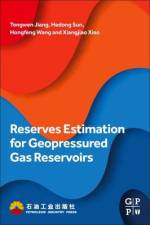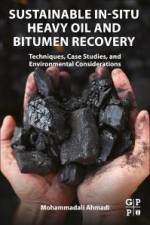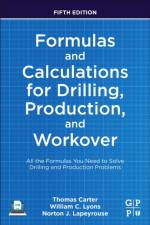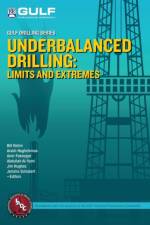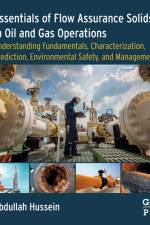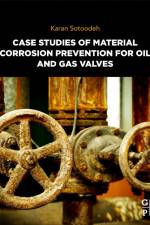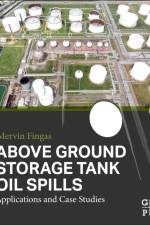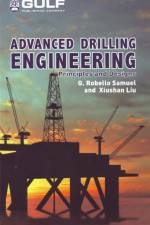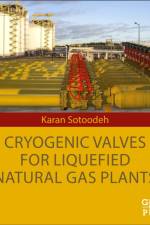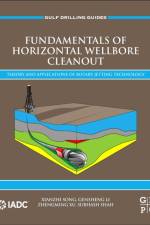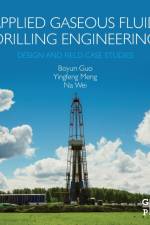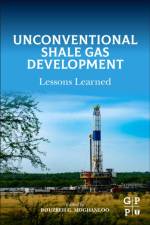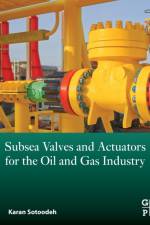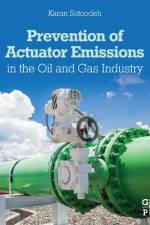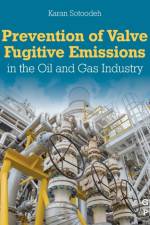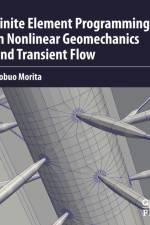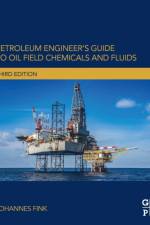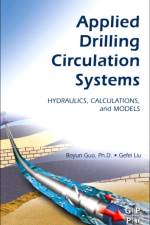av Karan (Senior Lead Engineer Sotoodeh
1 731
Natural gas and liquefied natural gas (LNG) continue to grow as a part of the sustainable energy mix. While oil and gas companies look to lower emissions, one key refinery component that contributes up to 60% of emissions are valves, mainly due to poor design, sealing, and testing. Cryogenic Valves for Liquefied Natural Gas Plants delivers a much-needed reference that focuses on the design, testing, maintenance, material selection, and standards needed to stay environmentally compliant at natural gas refineries. Covering technical definitions, case studies, and Q&A, the reference includes all ranges of natural gas compounds, including LPG, CNG, NGL, and PNG. Key design considerations are included that are specific for cryogenic services, including a case study on cryogenic butterfly valves. The material selection process can be more complex for cryogenic services, so the author goes into more detail about materials that adhere to cryogenic temperature resistance. Most importantly, testing of valves is covered in depth, including shell test, closure or seat test, and thermal shock tests, along with tactics on how to prevent dangerous cryogenic leaks, which are very harmful to the environment. The book is a vital resource for today''s natural gas engineers. Teaches LNG valve design, including sealing selection, wall thickness calculation of the valve body and bonnet, and proper material selection Provides tactics on how to prevent cryogenic leaks with compliant valve testing Applies natural gas calculations that will better support the LNG supply chain Enables readers to understand cryogenic valve standards, including EN, ISO, and MSS SP


